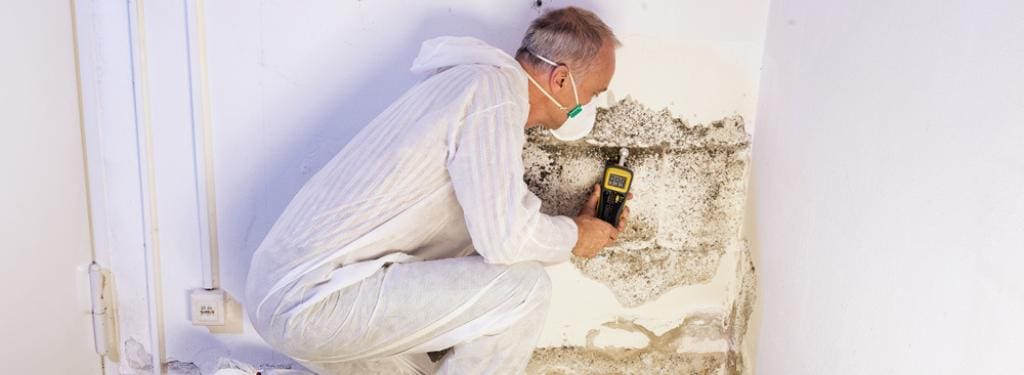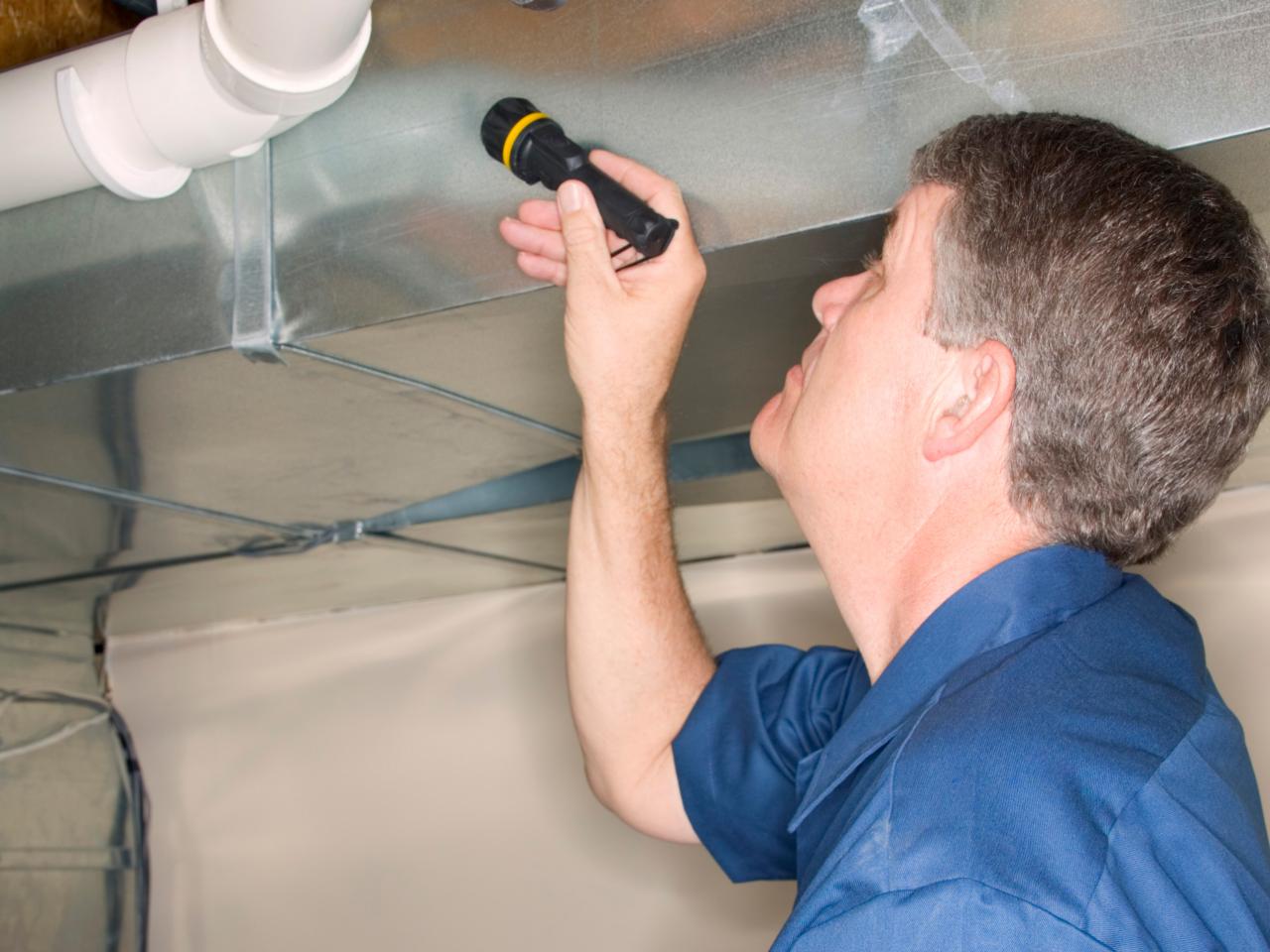Necessary Steps After Mold Remediation
Necessary Steps After Mold Remediation
Blog Article
Effective Blog Post Mold And Mildew Remediation Solutions for Your Home
Mold and mildew growth in homes can be a consistent issue, commonly requiring an organized strategy for reliable post-remediation solutions. From understanding the variables that add to mold and mildew development to executing proper cleansing techniques and wetness control procedures, the process can be elaborate yet critical for keeping a healthy living setting. what to do after mold remediation.
Comprehending Mold Development Elements
Mold and mildew development is influenced by a variety of aspects that are important to comprehend in order to successfully deal with and avoid its expansion. Comprehending these aspects is essential in applying successful mold and mildew remediation techniques. The primary aspect contributing to mold and mildew development is wetness. Mold spores need dampness to germinate and prosper, making moist or damp settings very susceptible to mold and mildew invasions. Poor air flow can likewise bring about moisture accumulation, developing a perfect reproduction ground for mold and mildew.

Furthermore, air movement and light exposure can influence mold and mildew development. Locations that do not have appropriate air flow and all-natural light are a lot more vulnerable to mold advancement. By resolving these aspects adequately, people can successfully reduce mold and mildew development and safeguard their living environments.
Proper Mold And Mildew Cleaning Strategies
Making use of effective cleansing approaches is essential in resolving and stopping the reappearance of mold contamination in indoor atmospheres. The initial step in appropriate mold and mildew cleaning is to contain the damaged location to protect against the spread of spores to unpolluted areas.

Carrying Out Wetness Control Steps
To successfully stop mold and mildew growth and contamination in interior environments, executing wetness control steps is paramount. Dampness is the primary variable that gas mold and mildew advancement, making it essential to manage moisture levels within the home. One effective action is to use dehumidifiers to maintain indoor moisture levels below 60%. In addition, making certain proper air flow in locations susceptible to moisture build-up, such as cooking areas and restrooms, can assist lower the danger of mold mold removal mask growth. Regularly examining and repairing any kind of leakages in plumbing, roofs, or home windows is also necessary in preventing excess moisture accumulation. Making use of exhaust followers while cooking or showering, and permitting air blood circulation by keeping furniture slightly away from walls can assist in dampness control. Utilizing moisture-resistant products in high-humidity areas, such as mold-resistant drywall and paints, can be beneficial. By vigilantly implementing these wetness control actions, house owners can effectively decrease the probability of mold recontamination and preserve a healthy interior setting.
Making Use Of All-natural Removal Solutions
After efficiently implementing moisture control procedures to stop mold and helpful hints mildew development in interior environments, home owners can now explore the efficiency of natural removal remedies in maintaining a healthy living space. All-natural removal options make use of eco friendly techniques to deal with mold and mold, making them a prominent selection for those looking for safe choices. By incorporating these natural removal services right into their cleaning routines, home owners can efficiently deal with mold growth while advertising a healthier indoor setting for themselves and their family members.

Maintaining a Mold-Free Setting
In order to protect against mold and mildew reappearance and make certain a consistently mold-free environment, it is necessary for house owners to carry out positive maintenance methods. Regularly checking areas prone to mold growth, such as shower rooms, attics, kitchen areas, and basements, is vital. Dealing with any type of leakages, water damages, or excess dampness promptly can significantly decrease the risk of mold advancement. After mold remediation. Correct air flow in locations with high moisture levels is also vital to stop mold growth. Making use of dehumidifiers or exhaust followers can aid keep ideal wetness degrees and dissuade mold spores from flourishing.
In addition, keeping tidiness in the home is crucial for mold avoidance. Keeping indoor plants in check and ensuring appropriate drainage in outdoor landscape design can reduce wetness build-up, minimizing the possibility of mold and mildew infestations.
Conclusion
In conclusion, Read Full Article it is essential to resolve mold and mildew growth variables, utilize appropriate cleansing methods, implement dampness control procedures, make use of natural removal options, and maintain a mold-free atmosphere in order to effectively manage post mold removal in your house - After mold remediation. By adhering to these strategies, you can stop mold and mildew from recurring and make sure a healthy living setting for you and your household
The key element contributing to mold growth is moisture. Mold spores require dampness to sprout and thrive, making moist or moist environments highly susceptible to mold and mildew infestations.To successfully stop mold and mildew growth and contamination in indoor environments, executing moisture control measures is vital. In addition, ensuring correct ventilation in areas prone to moisture buildup, such as cooking areas and shower rooms, can assist reduce the threat of mold growth.After effectively executing moisture control measures to avoid mold and mildew development in indoor settings, house owners can now explore the efficiency of natural removal services in keeping a healthy living space.
Report this page